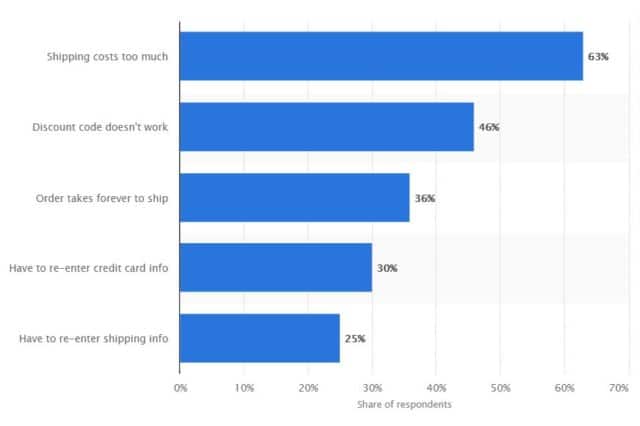Every business needs to measure and manage (read: optimize) results. These quantifiable metrics are known as key performance indicators, or KPIs. These are the metrics that matter most to your business. And ecommerce KPIs are no different.
In fact, some might argue that ecommerce KPIs are some of the easiest to track and measure. This is because your business operates online and everything (more or less) is trackable.
All transactions are conducted online so if your tracking is set up properly. You’ll be able to monitor sales and where they came from all the way to their lifetime value. The same cannot be said for other types of businesses. For example, online advertising is easy to track and monitor and optimize compared to print or TV advertisements of old.
KPIs not only help a business look internally at how they’re performing and how to improve certain areas, but as Investopedia puts it, “KPIs specifically help determine a company’s strategic, financial, and operational achievements, especially compared to those of other businesses within the same sector.”
Here are the seven ecommerce KPIs every online store should be tracking and actioning, in alphabetical order.
Ecommerce KPI #1: Cart Abandonment Rate
One of the biggest challenges in ecommerce is cart abandonment. This is when someone puts something in their virtual shopping cart on your website and then doesn’t follow through with the purchase.
According to Statista, there are several reasons for cart abandonment, most include:
- Shipping (expensive, not free, costs not clear before checkout, slow shipping options)
- Researching for future purchase
- Discount codes don’t work or no discount available
- Have to re-enter info
Primary reason for digital shoppers in the United States to abandon their carts as of Nov 2018

Source: Statista
Ecommerce KPI #2: Conversion Rate
The conversion rate of an ecommerce store is simply the number of conversions (or sales) divided by the number of visitors to your site multiplied by 100 to give you a percentage.

This KPI helps you understand how many visitors are required (on average) to make a sale and based on that, you can envision how many visitors you need to attract to your site in order to achieve your sales goals.
Ecommerce KPI #3: Cost Per Acquisition (CPA)
Cost per acquisition indicates how much it costs your business to get each customer. (You might also see it referred to as cost per conversion.) This KPI becomes important because if you’re spending excessively on acquiring new customers, then it might be time to rethink that strategy or tactic.
For example, if you’re spending $100/month advertising on Facebook and each customer from Facebook spends an average of $10, then you would need a minimum of 10 new customers through this channel in order to break even, and you only start seeing a profit as of the 11th customer.
If your Facebook ads bring in 12 or 13 customers, this tactic might not be worth it. But if your Facebook ads bring in 100 customers every month, then it’s a good plan to keep going.
In this same example, if you’re spending $100/month on Facebook ads and the average customer spends $250, then you know you’re targeting the right audience and should continue with this tactic even if you only see one or two new customers per month.




